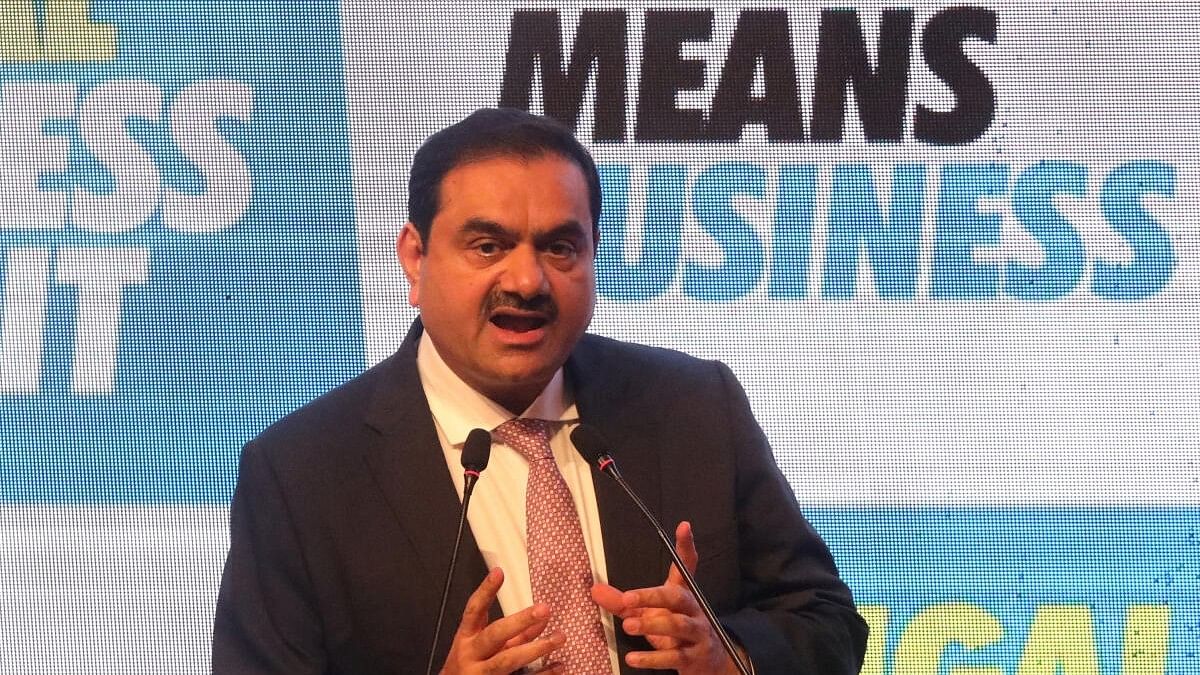
Gautam Adani.
Credit: Reuters Photo
Ahmedabad: Adani Group has begun commercial production of wafer and ingots used for making solar power cells and modules at its factory in Gujarat and aims to make polysilicon in 2027/28 to become India's first integrated renewable energy player, a senior company official said.
The Adani Group, controlled by billionaire Gautam Adani, aims to generate 45 gigawatts (GW) of renewable power by 2030, with two-thirds of that being produced at its $18.01 billion Khavda renewable energy park in Gujarat, bordering Pakistan.
Expansion of renewable energy is central to Prime Minister Narendra Modi's goal of India becoming a net carbon zero country by 2070.
"We are the first company in India which has set up ingot and wafers factory of 2 gigawatts and we have already started production," said Vneet S Jaain, a director at ANIL New Industries Ltd (ANIL).
Adani currently imports polysilicon for making ingots that are converted into thin sheets called wafer, which is used to make solar power cells. China is the major producer globally of solar wafer and ingots.
Adani is creating a renewable manufacturing hub at the port city of Mundra in Gujarat and will invest more than 300 billion rupees ($3.60 billion) for expanding its solar cell and wind turbine making capacities, Jaain said.
It is producing 4-GW solar cells and modules that are mostly exported to the U.S., said Jaain, adding that the plan is to raise the capacity to 10 GW.
ANIL produces 1.5 GW wind turbines and aims to boost output to 2.5 GW by March, and to 5GW by March 2027, he said.
The Group's renewable energy generation is managed by Adani Green Energy Ltd (AGEL), which currently produces 11 GW of green power through various projects.
Of this, 2 GW is produced by the 1.5-trillion-rupee 30-GW Khavda project. This will be the world's biggest renewable energy park when completed and will produce 26 GW of solar power and 4 GW of wind energy 2030.
Of this, 2 GW is produced by the 1.5-trillion-rupee 30-GW Khavda project. This will be the world's biggest renewable energy park when completed and will produce 26 GW of solar power and 4 GW of wind energy 2030.
The Khavda project's power generation will be ramped up to 6 GW by end March 2025. "After that every year we have a plan to set up around 5GW capacity," said Jaain, who is also managing director of AGEL.